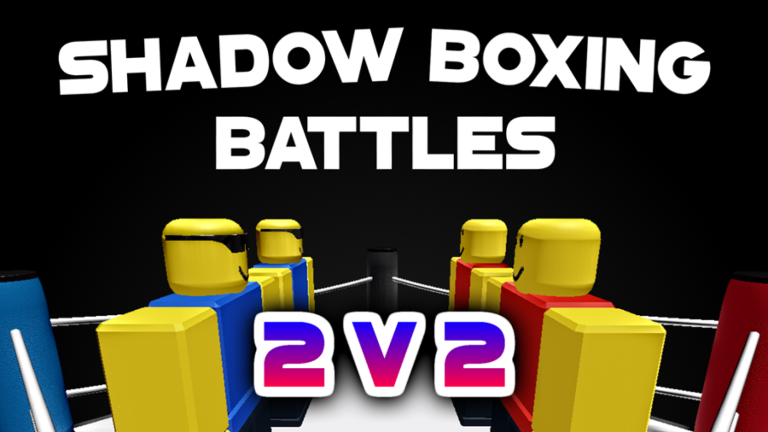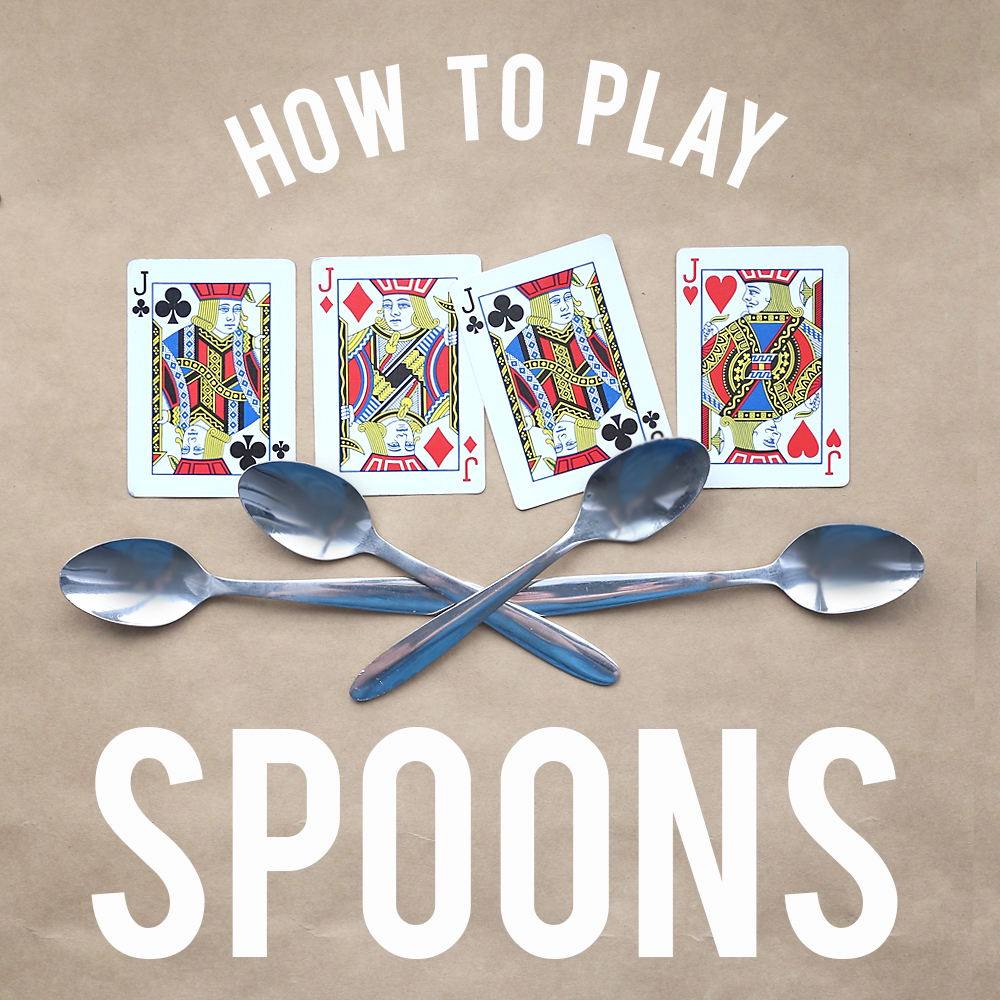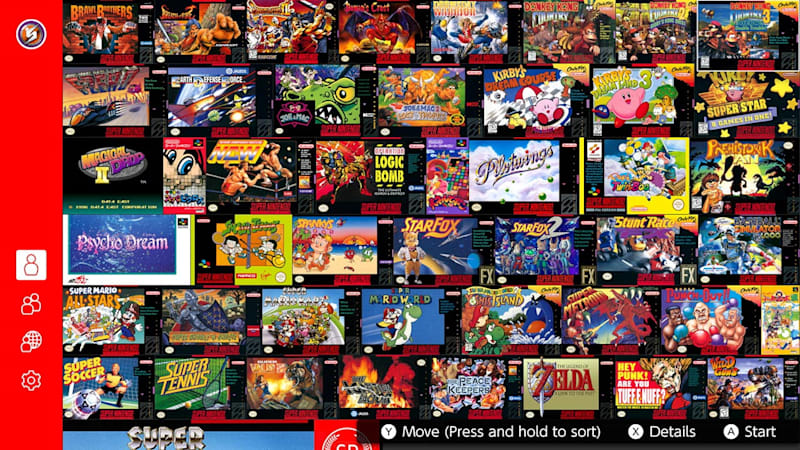Topic Ping Pong Game: Explore the dynamic world of "Ping Pong Game," a fascinating blend of skill, strategy, and excitement that captivates players and spectators alike, from casual enthusiasts to competitive professionals.
Table of Content
- History and Evolution of Ping Pong
- Rules and Regulations
- Techniques and Skills for Players
- YOUTUBE: How to Play Ping Pong Table Tennis
- Best Ping Pong Video Games
- Equipment and Gear
- Innovative Ping Pong Game Variations
- Online Platforms for Ping Pong Games
- Ping Pong Vs. Table Tennis: Understanding the Differences
- Virtual Reality Ping Pong Experiences
History and Evolution of Ping Pong
The intriguing journey of Ping Pong, also known as table tennis, began in the late 19th century. Originating as a parlor game among the upper-class in Victorian England, it was initially played with makeshift equipment like books for nets and cigar box lids for bats. The game"s name "Ping Pong" emerged from the distinct sound made by the ball hitting the table and the racket. The sport"s popularity grew, leading to the development of specialized equipment and the formation of official associations.
By 1901, J. Jaques & Son Ltd trademarked "Ping Pong" in England, and Parker Brothers did the same in the United States. This period marked significant advancements, including the adoption of celluloid balls and rubber-coated rackets. The International Table Tennis Federation (ITTF) was established in 1926, further standardizing rules and overseeing the sport"s global expansion. Table tennis was introduced to the Olympic Games in 1988, signifying its worldwide acceptance and popularity. Over the years, equipment and playing styles evolved, with innovations like sponge rubber rackets in the 1950s and advancements in ball technology.
The game has seen various rule changes and developments in equipment over the decades. Rackets have evolved from simple designs to sophisticated equipment using different types of rubber and sponge. Ball size increased from 38mm to 40mm in 2000, and in 2014, the transition to plastic balls was made. The table dimensions have also been standardized to enhance the gameplay. These developments reflect the sport"s ongoing evolution, adapting to modern demands while retaining its core essence.
Ping Pong"s global spread has been significant, with prominent growth in regions like Asia and the United States. Countries like China, Japan, and Sweden have been influential in the sport"s development, contributing to its competitive and recreational appeal. The sport"s history is not just about the game but also about its cultural and political impact, notably Ping Pong Diplomacy in the 1970s, which played a role in Sino-American relations.

READ MORE:
Rules and Regulations
Ping Pong, also known as table tennis, is governed by a set of detailed rules that ensure fair play and competitive integrity. The game begins with a coin toss to decide the initial server or side of the table. Players must serve the ball with an open palm, and the ball must first bounce on the server"s side before crossing the net to the opponent"s side. In singles, the server can serve to any part of the opponent"s table, while in doubles, the serve must go diagonally across the table.
- Scoring: A standard match is played best 3 of 5 games, with each game played to 11 points. A two-point margin is required to win a game.
- Serving: Players alternate serves every two points. In a deuce (10-10), serves alternate after each point. Service must start from the server’s right court to the receiver’s right court in doubles.
- Let Serves: If a serve touches the net but still lands in the correct area, it"s a "let" and is served again.
- Ball Contact: Players cannot touch the table with their free hand, move the table, or touch the net assembly during a rally. Hitting the ball before it bounces, double-hitting intentionally, or obstructing the ball with the body or clothing results in a point for the opponent.
- Rally and Return: In singles and doubles, players must alternate hitting the ball. In doubles, partners also switch places after their team serves twice.
- Equipment: The paddle can be any size, shape, or weight, but must have a flat, rigid blade covered with rubber. The ball must be spherical, 40mm in diameter, and weigh 2.7 grams.
Special situations like the expedite system can be used to accelerate a game if it"s taking too long. In this system, the server must win the point within 13 returns, or the receiver gets the point. This ensures the game progresses at a reasonable pace. Good sportsmanship and respect for opponents and umpires are also key components of the game.
Techniques and Skills for Players
To excel in ping pong, understanding and mastering a variety of techniques and skills is essential. This section covers a comprehensive range of strategies and tips, suitable for both beginners and advanced players.
Basic Techniques for Beginners
- Calculate the Ball’s Height: Learn to play the ball at different heights after the bounce for effective returns.
- Short Swing: Use short swings for greater accuracy and quicker recovery, except when executing offensive topspin shots.
- Use Your Whole Body: Engage your entire body in the game, not just your hands, for maximum power and effectiveness.
- Lean Forward: Maintain a forward lean on the tips of your feet for more power and better reaction time.
- Watch Your Steps: Good footwork is crucial, especially against advanced opponents, for better positioning and ball control.
Advanced Techniques for Experienced Players
- Watch Pro Players: Observe and learn from professional players to enhance your skills and strategies.
- Trick Your Opponent: Use strategic deceptions and unpredictable moves to gain an advantage.
- Adaptability: Adapt your playstyle according to your opponent"s strengths and weaknesses.
General Tips and Drills
- Practice Regularly: Consistent practice is key to mastering ping pong skills and techniques.
- Proper Equipment: Use a paddle that suits your grip and playing style, and maintain it well.
- Physical Fitness: Engage in exercises that improve your leg, core, and upper body strength, as well as your agility and flexibility.
- Strategic Play: Learn to play against different styles, from defensive to offensive opponents, by understanding their tactics and exploiting their weaknesses.
- Training Techniques: Focus on specific areas like footwork, serving, and stroke play in your training sessions.
Mastering Spin and Power
Spin is a sophisticated technique in ping pong, manipulating the ball"s trajectory and bounce. Mastering different types of spins like topspin, backspin, and sidespin is crucial. Similarly, balancing shot power with precision is key to being an aggressive yet controlled player.
Playing Doubles
In doubles ping pong, communication and coordination with your partner are vital. Covering the table efficiently and understanding the dynamics of doubles play can greatly enhance your performance.
By diligently practicing these techniques and continuously refining your skills, you can significantly improve your ping pong game, whether you"re a beginner or an advanced player.

How to Play Ping Pong Table Tennis
Get ready for an action-packed ping pong extravaganza! Watch this thrilling video filled with intense rallies, lightning-fast shots, and jaw-dropping saves. It\'s time to witness the incredible skills of these ping pong champions!
Top 10 Best Table Tennis Points
Discover the world of table tennis like never before in this captivating video. From mesmerizing spins to unbelievable accuracy, these table tennis players showcase their immense talent and dedication. Prepare to be amazed as you witness the sheer brilliance of the game!
Best Ping Pong Video Games
Ping pong enthusiasts can enjoy a variety of engaging video games that simulate the excitement and challenge of the sport. These games range from realistic simulations to more casual, arcade-style experiences, each offering unique features and gameplay styles.
Popular Ping Pong Video Games
- Table Tennis World Tour: A browser-based game offering a global competition experience with a range of AI opponents. It"s developed by Famobi and uses HTML5 technology for smooth gameplay.
- Table Tennis Touch: Available on mobile platforms, this game is known for its responsive touch controls and expansive sim features, including a career mode and local multiplayer options.
- Desktop Table Tennis: Designed for the Nintendo Switch, this game features customizable characters and courts, and engaging minigames for target practice training.
- I"m Ping Pong King: A casual mobile game with simple touch mechanics and a fun lineup of opponents. It offers an addictive gameplay loop suitable for quick sessions.
- Virtual Table Tennis 3D: A popular mobile game that offers 3D physics-based gameplay and online multiplayer features. It is available on both iOS and Android platforms.
- Eleven Table Tennis: A VR table tennis simulator that focuses on realism. It has received positive reviews for its immersive experience and is available on various VR platforms.
- Ping Pong Fury: Known for its engaging gameplay on mobile platforms. It provides a competitive experience with a mix of casual and strategic elements.
- VR Ping Pong Pro: Though it has received mixed reviews, it stands out for its attempt to offer a realistic VR table tennis experience.
Each of these games offers a different take on ping pong, from realistic simulations to more relaxed, arcade-style experiences. Whether you"re a seasoned player or just looking for some fun, these games provide an engaging way to enjoy table tennis virtually.
Equipment and Gear
For those passionate about ping pong, having the right equipment and gear is crucial for enhancing performance and enjoyment of the game. This section outlines the essential items every ping pong player should consider.
1. Table Tennis Tables
- Indoor Tables: Typically made of wood or fiberboard, suitable for controlled environments.
- Outdoor Tables: Constructed with weather-resistant materials like aluminum or steel.
- Portable Tables: Easy to transport and set up, some come with storage for accessories.
- Standard Dimensions: A regulation table is 9 feet long, 5 feet wide, and 2.5 feet high.
2. Paddles and Accessories
- Paddles: The primary tool, consisting of a blade and rubbers on both sides. Choose based on control, speed, and spin preferences.
- Paddle Case: Protects your paddle from sunlight, dust, and dirt, prolonging its lifespan.
- Cleaner: Keeps the rubbers clean, enhancing performance and durability.
3. Table Tennis Balls
Official balls are spherical, 40mm in diameter, and weigh 2.7g, made of celluloid or similar plastics. Available in white or orange, and matt finish.
4. Net and Posts
The net divides the playing area and should be 15.25 centimeters high, attached to posts at the table"s edges.
5. Shoes and Clothing
- Shoes: Designed for good grip and quick movement. Look for cushioning, breathability, and flexibility.
- Clothing: Comfortable, flexible attire made of moisture-wicking materials for enhanced performance.
6. Training Equipment
- Robots: For skill and technique development, offering various drills with different spin and placement options.
- Catch Net: Useful when training with robots to easily collect balls.
Whether you are a beginner or a seasoned player, the right equipment can significantly impact your game. From the table to the paddle, shoes, and clothing, each item plays a crucial role in your ping pong experience.

Innovative Ping Pong Game Variations
Explore a variety of fun and challenging ping pong game variations that add a fresh twist to the traditional game. From grip changes to unique playing environments, these innovative variations cater to players of all skill levels and provide an exciting way to enjoy ping pong in new ways.
Grip Variations
- Penhold Grip: A traditional Asian grip that challenges players to adapt to a different style of holding the paddle.
- Two-handed Play: Using both hands on the paddle throughout the game, requiring more coordination and balance.
- Weak Handed: Playing with the non-dominant hand, enhancing brain activity and coordination skills.
- Double Paddles: Holding a paddle in each hand, known as the "Darth Maul" version, offers unique challenges in ball control.
Playing Environment Adjustments
- Obstacle Table Tennis: Adding obstacles like chairs around the table to increase movement and agility requirements.
- Squash Ping Pong: Placing the table against a wall, creating new angles and dimensions for the game.
- Lob Ping Pong: Raising the net for higher, more arced shots, slowing down the game pace and changing rally dynamics.
- Uneven Table: Intentionally setting the table on an uneven surface, challenging players to adapt to unpredictable ball bounces.
- T-Rex Table Tennis: Playing with elbows fixed to the body, mimicking short arms of a T-Rex, requiring more leg movement and agility.
Group Play Variations
- Round the World: A group game where players circle the table, taking turns hitting the ball, perfect for larger gatherings.
- Tag Ping Pong: Combining elements of tag and ping pong, where tagged players rotate in and out of the game.
Alternative Ping Pong Games
- Teqpong: Played on a curved Teqball Table, requiring more focus and different strategies compared to traditional ping pong.
- Table Hockey and Basketball: Using the ping pong table for games like hockey and basketball, with adapted rules and goals.
- Beer Pong and Party Games: Incorporating ping pong balls into various party games, suitable for social gatherings.
These innovative ping pong variations offer an exciting way to engage with the game, whether you"re looking to improve your skills, challenge your brain, or simply have fun with friends and family. Try out these variations and discover a whole new world of ping pong fun!
Online Platforms for Ping Pong Games
Engage in the virtual world of ping pong with a variety of online platforms. These games range from realistic simulations to fun and quirky adaptations, offering something for every type of player. Whether you"re looking to refine your skills, compete against others, or just have fun, these platforms provide an array of options to enjoy ping pong online.
Top Online Ping Pong Games
- Table Tennis World Tour (CrazyGames): A first-class tennis game available on your browser. It features detailed controls and is developed with HTML5 technology, ensuring a great playing experience on various devices.
- Table Tennis Challenge (CrazyGames): Start as a rising ping pong star and progress through various levels, earning coins to buy better paddles.
- Ping Pong (Poki): This game by MarketJS is simple yet challenging, where you control the speed of your hits to beat the AI opponents.
- Pong 2: An online multiplayer game with the option for offline play, offering a classic pong experience with a modern twist.
- Table Tennis Champion: A mobile game with 3D graphics and full models of players, offering a realistic gameplay experience.
- Ping Pong Fury: A game noted for its responsive touch controls, ideal for those who prefer playing on mobile devices.
Gameplay Features
- Many of these games offer both 2D and 3D gameplay, catering to different preferences.
- Some games focus on realistic physics and graphics, while others offer more arcade-style gameplay.
- Multiplayer options are available in several games, allowing you to compete against friends or other online players.
These online platforms offer a great way to enjoy ping pong virtually. Whether you"re a seasoned player or new to the game, these games provide fun and challenging experiences that can be enjoyed from the comfort of your home.

Ping Pong Vs. Table Tennis: Understanding the Differences
While often used interchangeably, ping pong and table tennis have distinct differences that set them apart. This section aims to highlight these differences, helping enthusiasts understand each sport"s unique aspects.
Historical Background
The game, originating in England in the 1860s, was initially called ping pong before the name "table tennis" became more prevalent. "Ping pong" was trademarked by J. Jaques & Son Ltd in 1901, which led to the two terms being used to describe similar yet distinct games.
Rules and Scoring
- In table tennis, matches are played to 11 points best of 7 games, with each player serving two times in a row. In contrast, ping pong typically plays to 21 points with 5 serves each, and matches consist of 3 games.
- Table tennis requires the ball to be thrown more than six inches upwards from an open hand during serves, whereas ping pong serves can be more relaxed.
Equipment Differences
- Ping pong uses a standard 5-ply sandpaper racket, limiting spin and speed, while table tennis allows for a wide variety of rackets with different rubbers and blades.
- Although the balls in both sports appear similar, ping pong balls are slightly larger and offer less spin than the smaller table tennis balls.
Playing Style and Pace
- Ping pong is typically played at a slower pace, focusing on control and precision. Table tennis, however, is faster-paced with a greater emphasis on spin and power.
Competitive Scene
- Table tennis is an Olympic sport with numerous international competitions, whereas ping pong has a quieter competitive scene, with the World Championship of Ping Pong being a notable event.
Understanding these distinctions clarifies the nuances between ping pong and table tennis, offering insight into their unique characteristics and competitive cultures.
READ MORE:
Virtual Reality Ping Pong Experiences
Virtual Reality (VR) has transformed the traditional Ping Pong experience, allowing players to immerse themselves in a realistic table tennis environment from anywhere. Here are some of the top VR Ping Pong games and experiences currently available:
Top VR Ping Pong Games
- Eleven Table Tennis: Known for its realistic simulation, Eleven Table Tennis offers an immersive VR experience. Players can compete against AI or play online against opponents worldwide. It includes various modes like practice with AI, multiplayer, and mini-games.
- PingPong Kings VR: This game offers a life-like table tennis play with realistic physical ball movement and spin. It supports single-player mode and is praised for its tracked controller support.
- Pong It! VR: A positively reviewed VR game, Pong It! VR combines traditional ping pong gameplay with VR technology, offering various modes and controller support.
- VR Ping Pong: This game is noted for its realistic simulation, allowing players to feel like they are playing ping pong in a real setting. However, it has received mixed reviews for its gameplay experience.
Virtual Reality and Physical Activity
VR Ping Pong games are not just about fun; they can also contribute to physical fitness. Games like Eleven Table Tennis can be a part of a healthy lifestyle, offering exercises that improve hand-eye coordination and increase cardio ability.
Future of VR Ping Pong
VR technology continues to evolve, bringing more enhancements to the virtual ping pong experience. New updates, improved latency, and more realistic simulations are expected to make these games even more engaging in the future.
In summary, VR Ping Pong games provide an exciting blend of sport and technology, offering a realistic and enjoyable experience for both casual players and enthusiasts alike.
Explore the dynamic world of ping pong, a game blending skill, strategy, and fun. Whether you"re a beginner or a seasoned player, dive into our comprehensive guide for an exciting journey through ping pong"s history, techniques, and innovative digital experiences.
















